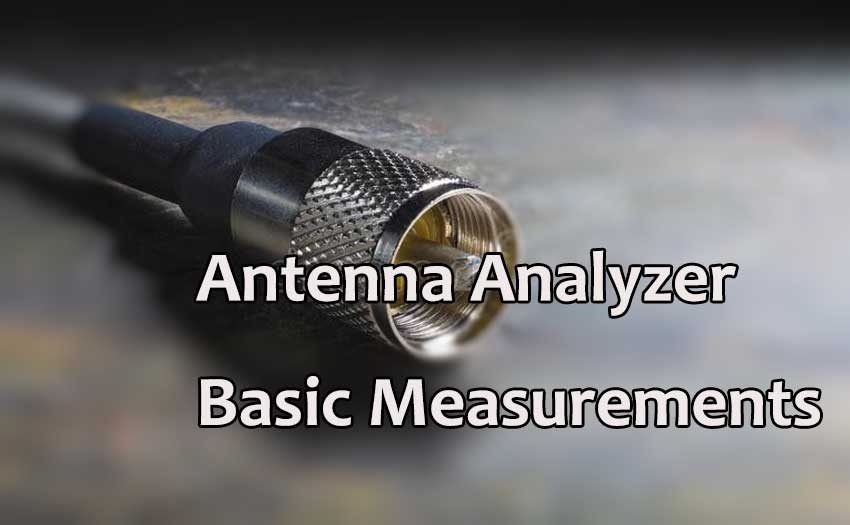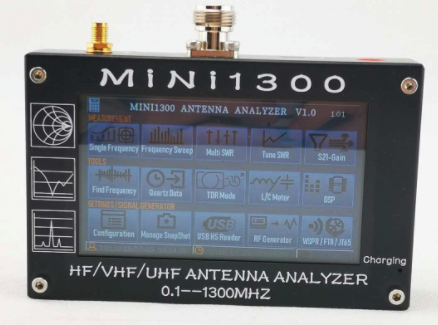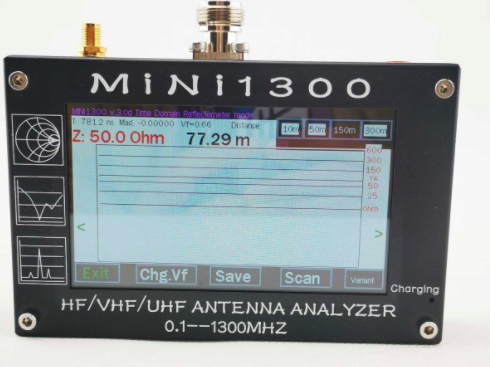+86 15093323284 hams@ailunce.com
Basic Measurements of Antenna Analyzer

In a wireless communication system antennas are connected to the transmitter/receiver by means of a coaxial cable. Ideally, each of these system components would be set to exactly 50 ohms, allowing the system to transfer the maximum amount of signal energy. If the level of reflections becomes excessive, the quality and performance of the cable and antenna system is greatly degraded. All communications systems will have losses. The trick is to determine if they are excessive and if so, to find the problem. Antenna analyzers are the solution of choice for field technicians and engineers looking to analyze, troubleshoot, characterize, and maintain a cable and antenna system.
Below basic measurements that are critical for cable and antenna analysis ,and can determine whether or not there are excessive losses.
1. Return Loss
The Return Loss is the reflection of signal power resulting from the insertion of a device in a transmission line and measures the reflected power of the system compared to the input power. It is usually expressed as a ratio in dB relative to the transmitted signal power. Return Loss is caused by impedance mismatch between two or more circuits. For example, in a simple cable assembly, a mismatch will occur where the connector is mated with the cable. As a general rule of thumb, a high return loss denotes better quality of the system under test. A cable with a return loss of 21 db therefore, is better than a similar cable with a return loss of only 14 db.
2. VSWR
VSWR is a measure of the ratio of the minimum and maximum voltage in the transmission line. As an example, the VSWR value 1.2:1 denotes a maximum standing wave amplitude that is 1.2 times greater than the minimum standing wave value. High reflections cause a high ratio of minimum to maximum voltage. Note that the Return Loss and VSWR parameters are interrelated. Only one measurement is usually done, since both are methods of looking at system reflection.
3. Cable Loss
Insertion loss (Cable Loss) of the transmission line is a measure of the amount of energy that is absorbed by the transmission line as a signal travels down the cable. This loss is caused by the resistance of the cable and is measured in decibels (dB). The Cable Loss measurement includes losses of mated connectors from reference cables to both connectors on the cable under test, plus the loss of the fiber in the cable under test. In general, a smaller diameter cable has more loss than larger diameter cable. For a specific cable type, the longer the cable length the greater the amount of energy it absorbs. Different cable types have different losses. Also, loss is specific to the frequency range—the higher the frequency range the greater the loss.













